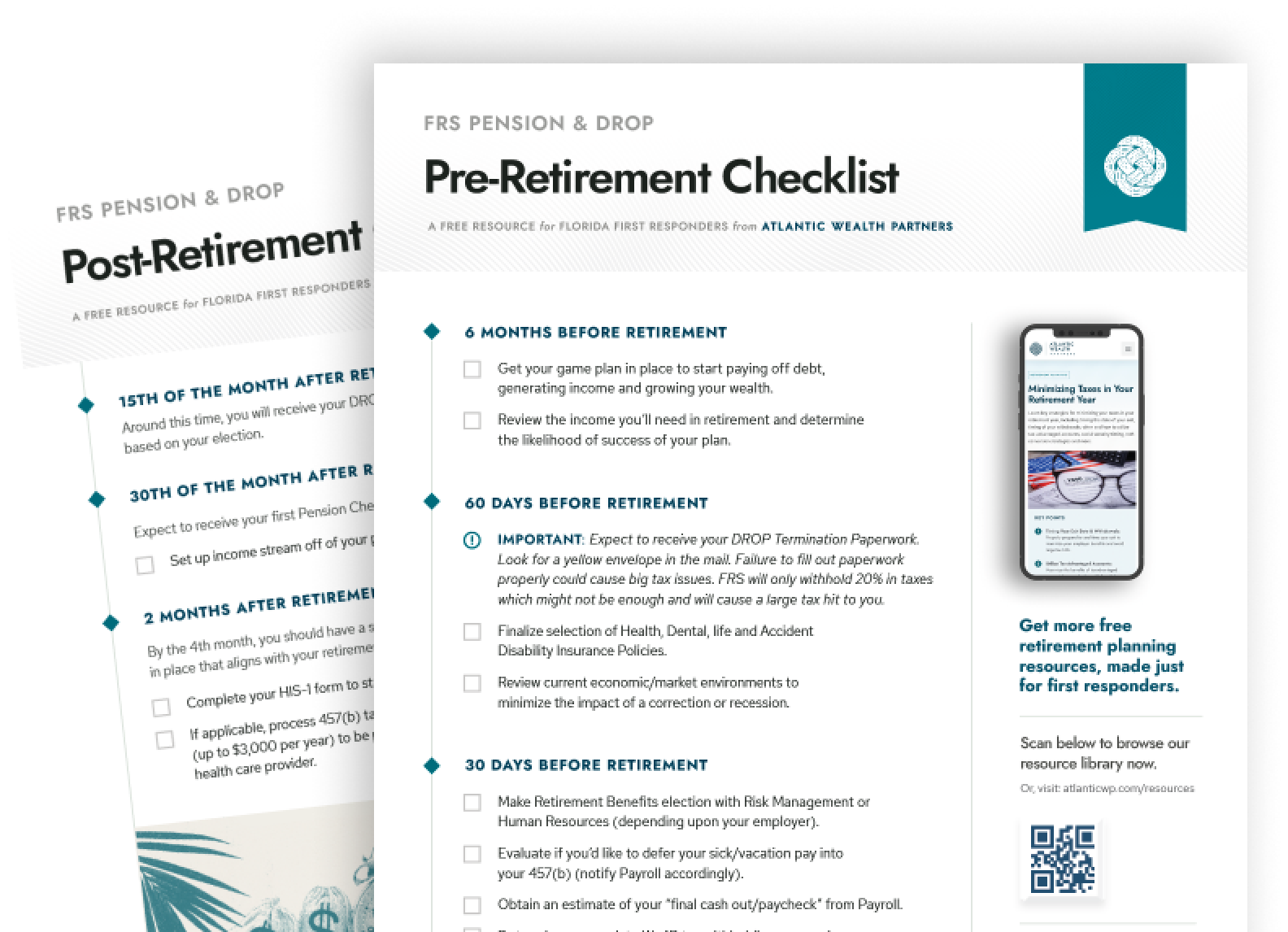If you are a real estate professional, buying an investment property and using a cost segregation study can help you create big tax deductions to reduce your overall taxable income. Here’s what to rundown of how it works, step-by-step.
Buy an investment property with leverage.
When you buy an investment property with leverage, you’re essentially using borrowed money (typically through a mortgage) to acquire the property. This strategy allows you to amplify your purchasing power, enabling you to invest in more expensive properties with less of your own money upfront.
For example, let’s say you buy a $500,000 property with 30% down, meaning you invest $150,000 of your own money while borrowing the remaining $350,000. Even though you only put down $150,000, you are able to claim tax deductions based on the full $500,000 value of the property.
Qualify as a Real Estate Professional.
You (or your spouse) must meet the IRS definition by working 750 hours or more in real estate activities each year, and it must be more than half of your total working time. For many full-time real estate professionals, this is easy to meet, but it’s more challenging for those with other jobs or sources of income.
Qualifying as a real estate professional is particularly valuable for tax purposes, as it allows you to fully deduct rental property losses against your ordinary income, including accelerated depreciation through a cost segregation study.
Conduct a cost segregation study.
A cost segregation study is a specialized process that requires the expertise of professionals who understand tax regulations and the nuances of property components. It’s usually recommended that you hire a qualified cost segregation specialist or a tax advisor with experience in this area. These professionals will analyze your investment property and break it down into its individual components, such as structural elements, appliances, and landscaping.
Accelerate depreciation.
Once you’ve identified the individual components of your property with the cost segregation study, and they’ve been categorized based on their depreciation timelines, you can break down the property into parts that can be depreciated faster that the normal 27.5 years. For example, parts of the property like flooring, appliances, and landscaping might be depreciated over 5, 7, or 15 years instead of 27.5 years.
Using the example from earlier, let’s say $150,000 (or 30%) of the property’s cost is eligible for faster depreciation (e.g., over 5 or 15 years), while the remaining $350,000 is depreciated over 27.5 years.
In the first year, you could potentially deduct a large portion of this $150,000, significantly reducing your taxable income.
Example of Tax Savings:
Let’s say your family’s total annual income is $300,000.
Without Cost Segregation and Depreciation:
For a family with a total income of $300,000, the federal tax is calculated based on the 2024 tax brackets for married filing jointly:
- 10% on the first $22,000 = $2,200
- 12% on the next $67,450 ($89,450 – $22,000) = $8,094
- 22% on the next $101,300 ($190,750 – $89,450) = $22,286
- 24% on the next $109,250 ($300,000 – $190,750) = $26,220
- Total Tax Liability Without Cost Segregation = $58,800
With Cost Segregation and Depreciation:
After a cost segregation study, if you deduct an additional $50,000 in depreciation, your taxable income is reduced to $250,000.
Calculating taxes on $250,000:
- 10% on the first $22,000 = $2,200
- 12% on the next $67,450 ($89,450 – $22,000) = $8,094
- 22% on the next $101,300 ($190,750 – $89,450) = $22,286
- 24% on the next $59,250 ($250,000 – $190,750) = $14,220
- Total Tax Liability With Cost Segregation = $46,800
Key Takeaways from This Scenario
Your Total Savings
Total Tax Savings: $58,800 – $46,800 = $12,000 in the first year.
Leverage
You only put down $150,000 to purchase a $500,000 property but still get tax deductions based on the full value.
Tax Deductions
The cost segregation study lets you take bigger deductions early, reducing your taxable income and overall tax bill.
Improved Cash Flow
This strategy helps you keep more money in your pocket by lowering your tax liability, providing extra cash for further investments or personal use, and may allow you to create an additional supplemental retirement income stream.
The Bottom Line
Leveraging strategies like cost segregation and accelerated depreciation can be powerful tools for real estate professionals looking to maximize tax savings and improve cash flow. By breaking down a property into its individual components and depreciating them over shorter periods, you can significantly reduce your taxable income in the early years of ownership.
MAXIMIZE YOUR BENEFIT
Depending on circumstances, your benefit could be considerably higher.
It’s possible to create similar deductions on an ongoing basis annually if you are a partner on a larger investment property. The deduction is likely to be higher if the investment was, for example, $300,000 or $500,000 of a larger portfolio. AWP has relationships to help achieve these benefits without you having to manage the property yourself.



